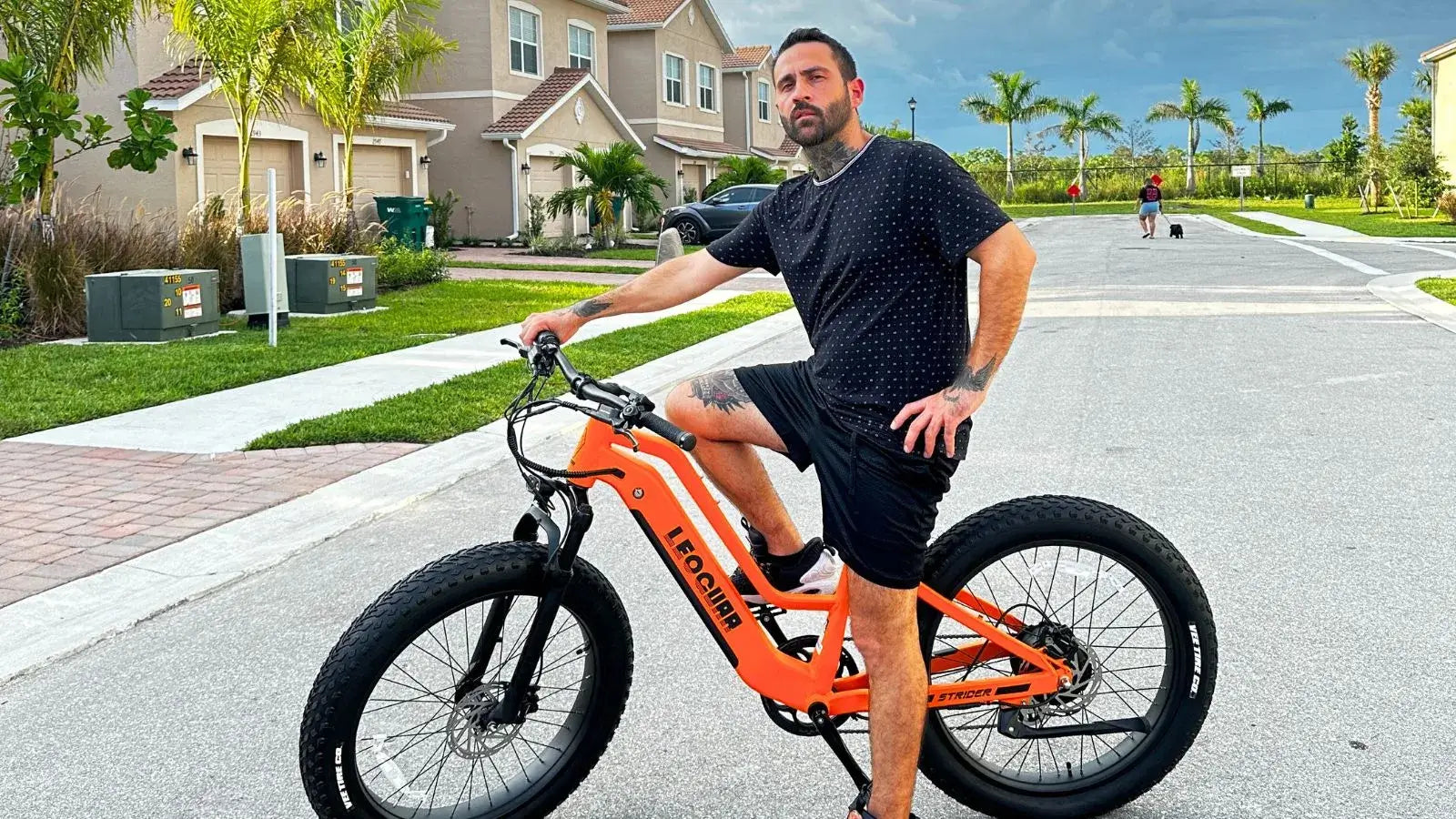
How Electric Bike Weight Affects Hill Climbing and Braking?
The weight of an electric bike is a game-changer for your riding experience. Light e-bikes make conquering steep hills a breeze and ensure swift, safe stops, while heavier models can hold you back with challenging climbs and longer braking distances.
Discover how the right balance of weight can elevate your e-bike adventures and help you choose the perfect ride for your journey!
Understanding Electric Bike Weight
Electric bike weight is the total mass of the bike, including the frame, motor, battery, and any additional components. Typically, e-bikes weigh more than traditional bicycles due to the extra weight of the motor and battery. The weight of an e-bike can range from 40 to 80 pounds, depending on the type and design.
Factors Influencing Electric Bike Weight
Several factors can affect the weight of an e-bike:
-
Frame Material: Aluminum, steel, and carbon fiber are common materials used for e-bike frames. Aluminum is lightweight and affordable, while carbon fiber is even lighter but more expensive. Steel is durable but heavier.
-
Battery Size: Larger batteries provide more power and range but add to the bike's overall weight.
-
Motor Type: Hub motors are generally lighter than mid-drive motors, which can influence the total weight of the bike.
-
Additional Features: Accessories like racks, fenders, and suspension systems can add extra weight.

Electric Bike Weight and Hill Climbing
When it comes to climbing hills, the weight of an e-bike plays a significant role. Here's how:
The Impact of Weight on Climbing
A heavier e-bike requires more power to climb hills. This is because the motor and battery must work harder to overcome gravitational forces. As a result, heavier e-bikes may experience reduced efficiency and shorter battery life when tackling steep inclines.
Lighter e-bikes, on the other hand, are generally easier to pedal uphill and require less energy from the motor and battery. This can lead to improved efficiency and longer battery life, making lightweight electric bikes a popular choice for riders who frequently encounter hilly terrain.
Selecting the Right Weight for Climbing
If you plan to use your e-bike primarily for hill climbing, consider choosing a model with a lightweight frame and a powerful motor. Look for e-bikes with mid-drive motors, as they offer better weight distribution and torque, which can enhance climbing performance.
| Electric Bike Weight | Motor Effort | Battery Drain | Climbing Speed | Recommended Terrain |
| Lighter (~40-55 lbs) | Low | Minimal | Fast | Hilly/Urban |
| Medium (56-70 lbs) | Moderate | Moderate | Average | Mixed terrains |
| Heavier (71+ lbs) | High | High | Slow | Flat/Rough terrain |
Before deciding, test ride electric bikes of different weights uphill to directly experience these differences.
Electric Bike Weight and Braking
The weight of an electric bike also affects its braking performance. Let's delve into how weight influences braking:
The Influence of Weight on Braking
When an e-bike is heavier, it requires more force to stop. The additional weight increases the momentum, necessitating stronger brakes to bring the bike to a halt. Consequently, heavier e-bikes may have longer stopping distances, which can be a safety concern, especially when riding downhill or in wet conditions.
Lightweight electric bikes generally have shorter stopping distances because they have less momentum. This makes them easier to control and safer in various riding conditions.

Choosing the Right Weight for Braking
For optimal braking performance, consider e-bikes equipped with quality braking systems, such as hydraulic disc brakes. These brakes provide superior stopping power and are less affected by weight. Additionally, look for e-bikes with lighter frames, as they tend to offer better handling and control during braking.
Pro tip:
-
Choose hydraulic disc brakes for heavier electric bikes, as they provide stronger stopping power and better heat dissipation.
-
Regularly inspect brake pads and rotors for wear, replacing them promptly to maintain consistent braking.
-
Adjust brake lever positioning for comfortable and responsive braking, reducing reaction times during emergencies.
Stability and Comfort: Finding the Right Balance
A heavier electric bike naturally holds its line better, giving you a confident ride at high speeds and during fast cornering. On the other hand, extremely lightweight models might feel twitchy or less predictable when rapidly changing direction.
The key is selecting an electric bike that matches your riding style and usual terrain. To find what suits you best, consider test riding different models. Leoguar conveniently offers test rides—find your nearest location right now!
Finding the right balance is essential.




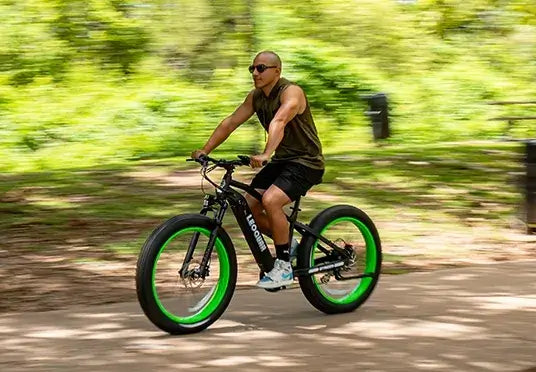
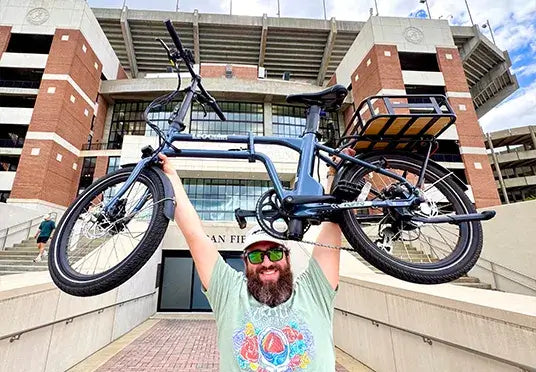

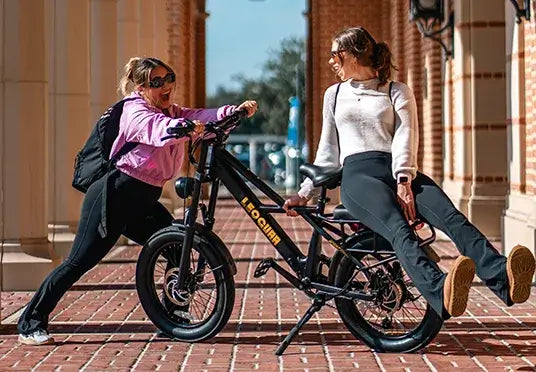
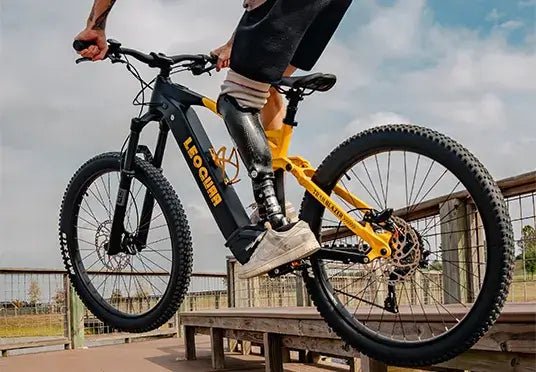

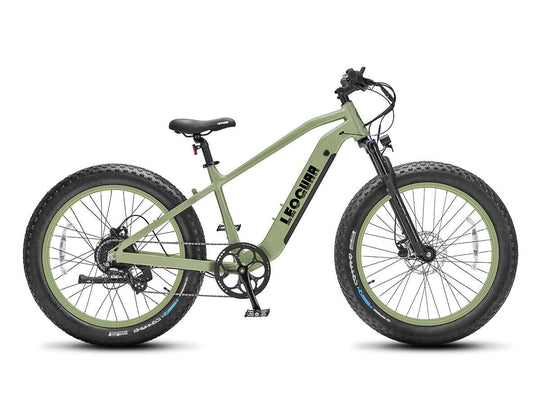
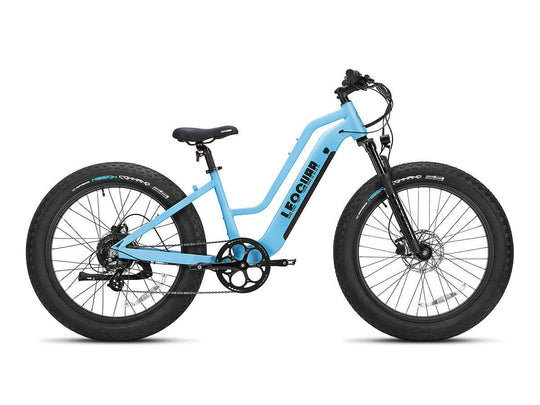
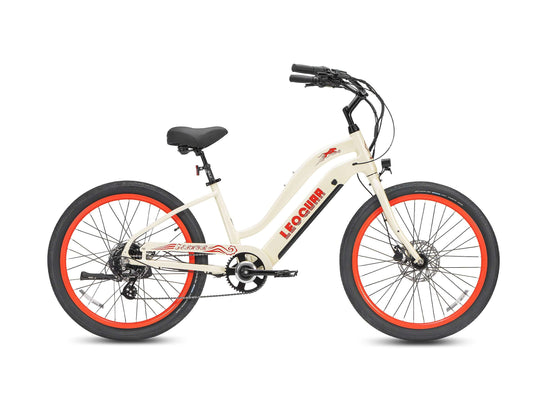
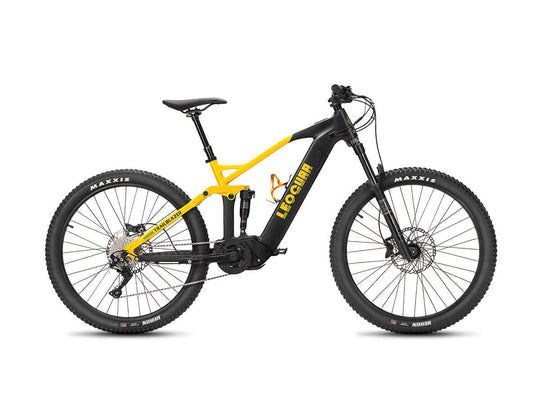

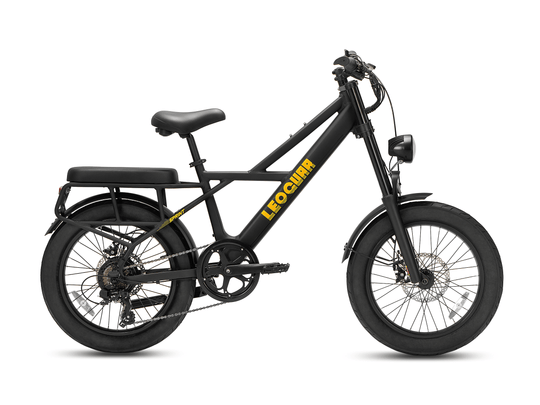
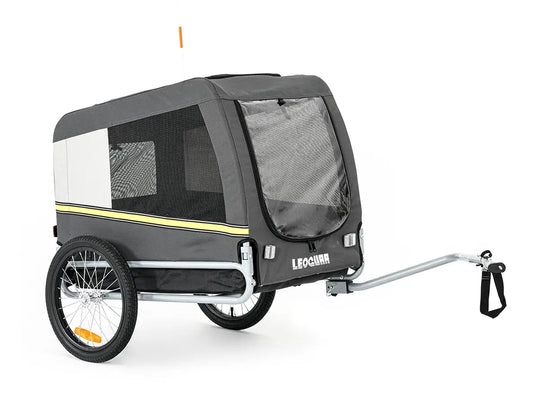
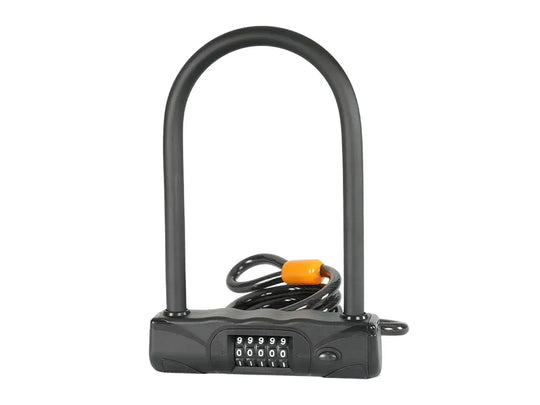

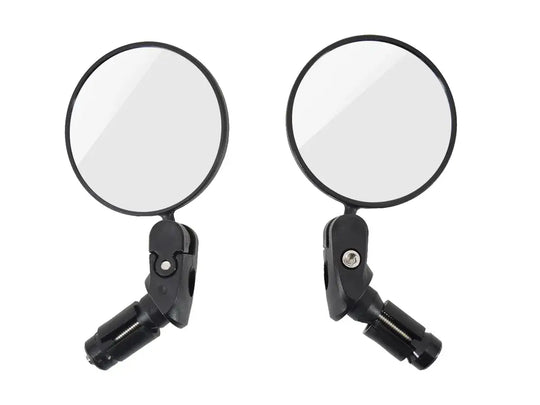
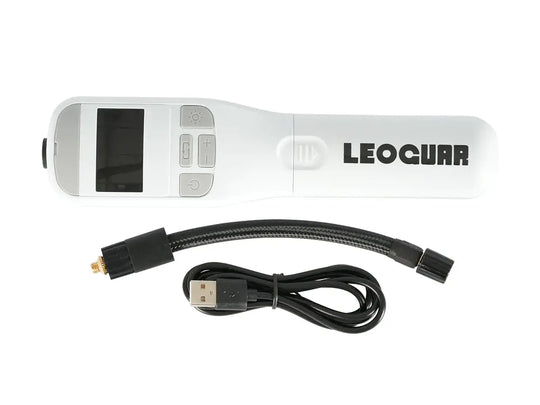
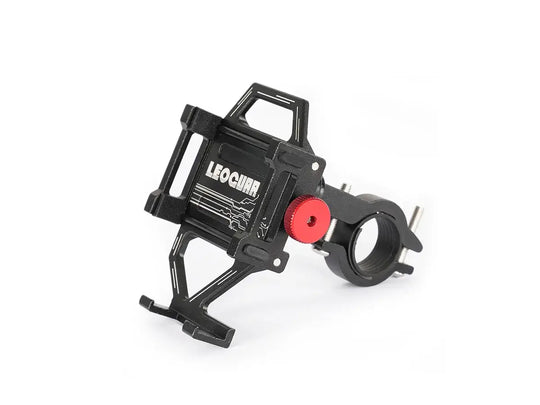
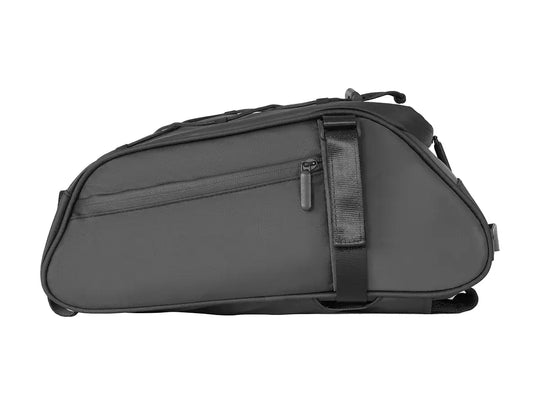
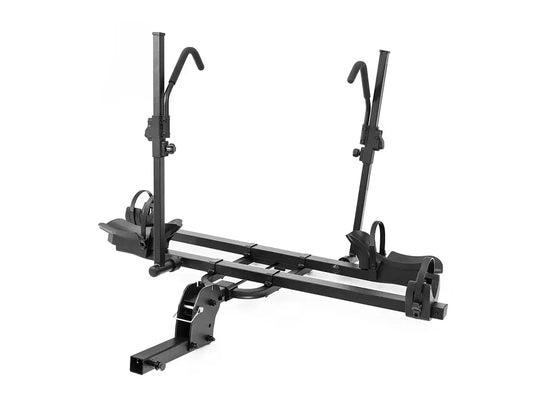
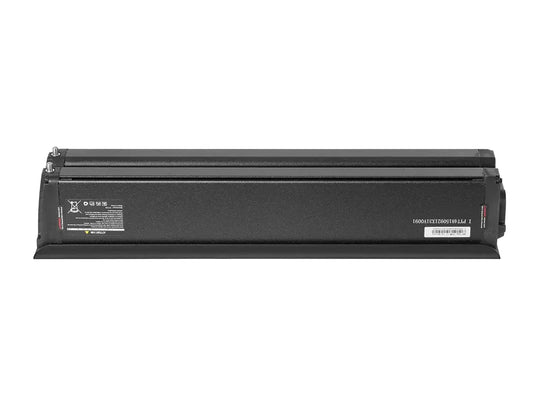

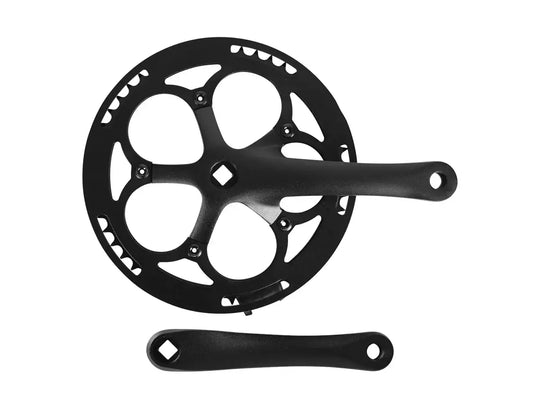
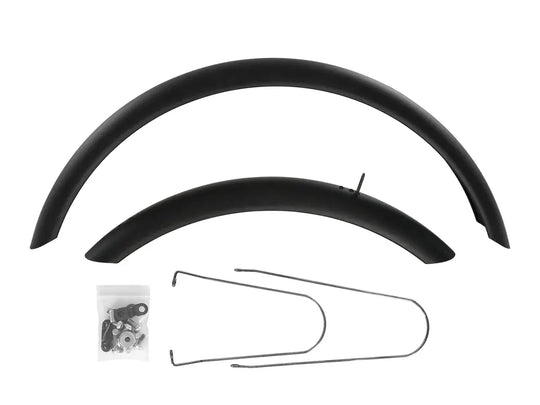
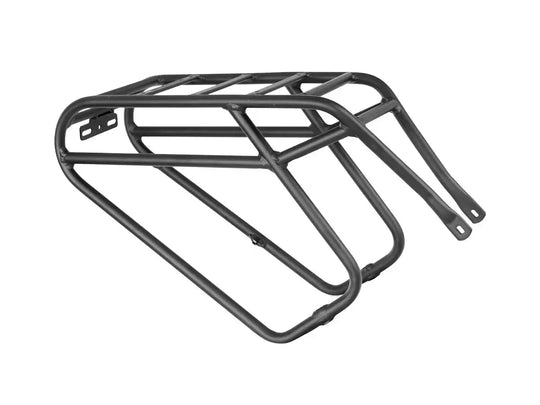
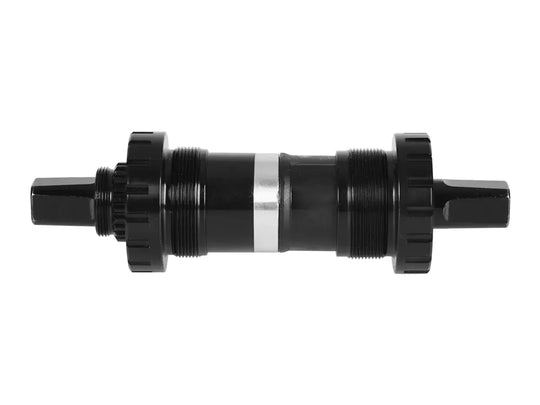
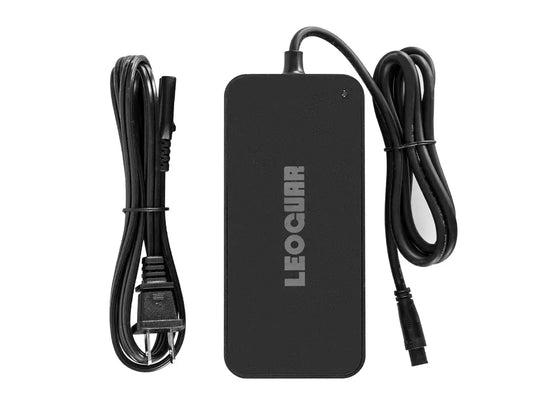
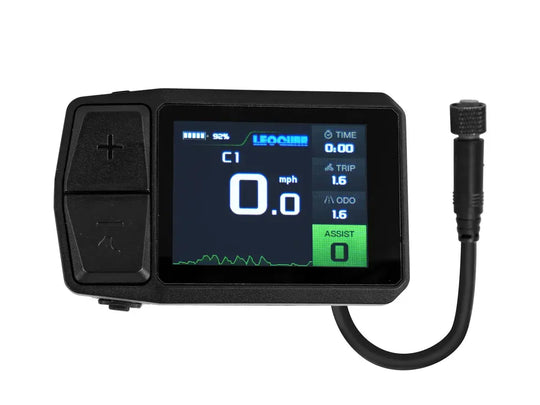
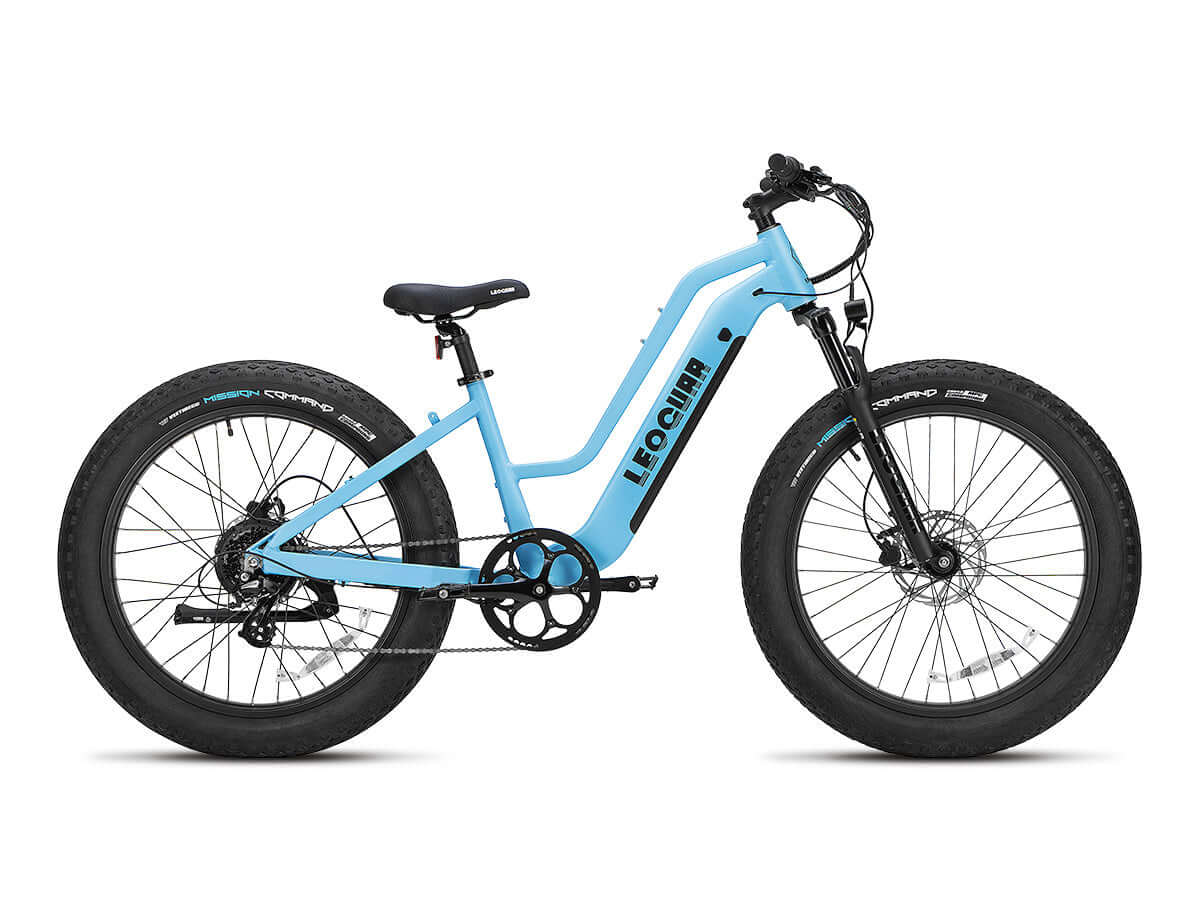







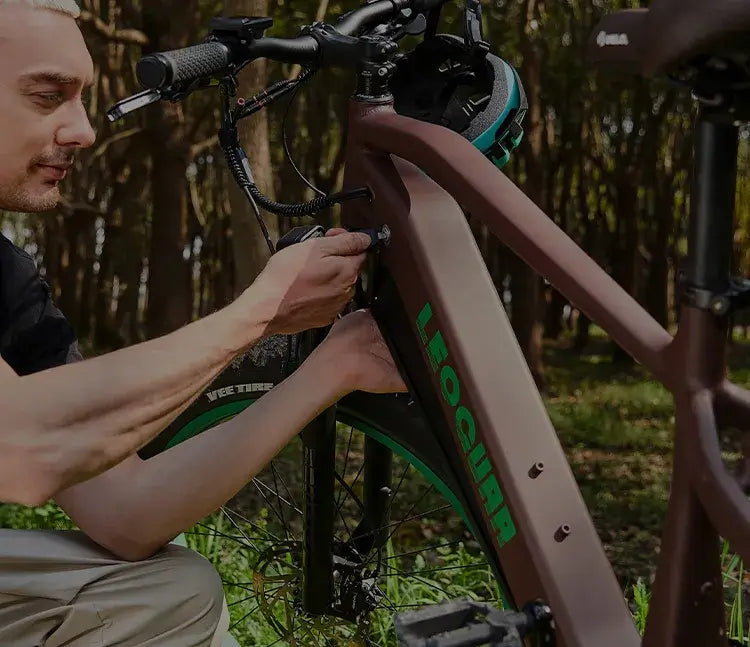
Leave a comment